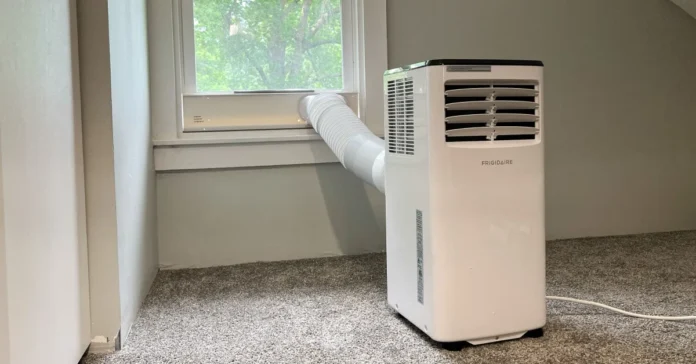Flower beds don’t just rely on the flowers themselves to look good. The space around them matters just as much. Overgrown edges, creeping grass, and stray weeds can take away from the impact of even the most vibrant blooms.
That’s where a weed trimmer becomes a quiet hero. It might not be the first thing that comes to mind for flower beds, but it’s surprisingly useful for keeping the edges neat and the surrounding area under control.
Why Edging Matters
Clean edges are the unsung detail of garden design. They frame the space, give shape to your planting, and make everything look intentional.
Without a clear boundary, grass and weeds tend to blur the line between your lawn and your flower beds. That not only looks messy, it also invites more unwanted growth where it doesn’t belong.
By using a Worx weed trimmer to define and maintain those edges, you get a sharper look without needing to constantly pull out the spade or get down on your knees with a hand tool.
How a Weed Trimmer Fits In
A weed trimmer, when used carefully, is ideal for trimming grass and weeds that creep up to the edge of your flower beds. It’s not about swinging the tool wildly near your plants. It’s about treating the area around the beds with care and precision.
Think of it as a border keeper. It steps in where your lawn mower stops, reaching places where other tools can’t go, like tight corners, curves, or uneven ground.
Use it to:
- Cut back the grass that grows right along the bed border
- Trim weeds before they get established near your flowers
- Maintain crisp lines around curved or irregular bed edges
- Clean up the outer edges after mowing
What you shouldn’t do is run it directly through the flower bed or get too close to stems or mulch. That’s where damage can happen. But when used just outside the bed, it’s an efficient, fast, and clean way to keep things neat.
Tips for Safe and Effective Trimming
There’s a technique to using a trimmer near flower beds that gets the job done without putting your plants at risk. Here’s what to keep in mind.
1. Choose the right line
Not all trimming lines are created equal. Thicker, heavier-duty lines are powerful, but they can easily tear through stems if you’re not careful. A standard, lightweight line gives you better control around sensitive areas.
2. Work slowly and steadily
The biggest mistakes happen when rushing. Move in short, controlled passes along the outside edge of your flower bed. Stay just far enough back to avoid contact with any plants.
3. Approach at an angle
Holding the trimmer at a slight tilt, so the line cuts just above the soil, can help you skim over unwanted growth without digging in too deep. This gives a clean cut and helps you shape the edge more easily.
4. Watch for mulch or edging
If your beds have mulch, decorative stones, or edging material, avoid getting too close. The trimmer can kick up debris or damage the material. Leave a little buffer zone; it still looks neat without risking damage.
5. Use the guard
Make sure the guard on your trimmer is in place and aligned properly. It’s there to protect both your plants and you. It also helps keep your cutting line consistent.
Where a Trimmer Works Best
While you shouldn’t use a trimmer inside a flower bed, it’s perfect for these spots:
- Along the outer edge, especially where grass meets mulch or soil
- Around curved beds, where mowing leaves behind tufts
- Besides walkways and paths to prevent overhang and keep clean lines
- Near fences or borders, to clear narrow spaces, lawn mowers can’t reach
Extra Touches for a Polished Look
If you’re aiming for more than just a quick cleanup, pairing your trimmer use with a few extra steps can take things up a level:
- Install physical edging – Brick, metal, or plastic edging gives your trimmer a clear boundary to follow
- Finish with a rake – Lightly raking up clippings keeps the space tidy and prevents buildup
- Check weekly – A few minutes each week keeps things under control, which is easier than a full overhaul later
Sharp Beds, Healthy Plants
A weed trimmer isn’t just for cleaning up sidewalks or tackling tall weeds in forgotten corners. When used thoughtfully, it can play a key role in flower bed maintenance. It helps define space, reduce mess, and highlight the plants you’ve worked hard to grow.
By focusing on the outer edge and using the tool with care, you protect your flowers while still getting that crisp, manicured finish. The result? A garden that feels just as intentional around the edges as it does in full bloom.
Flower beds deserve more than just pretty petals. They deserve clean borders that let the color and structure of your garden stand out.



